Steph W. from SEOPressor


...help you check your website and tell you exactly how to rank higher?
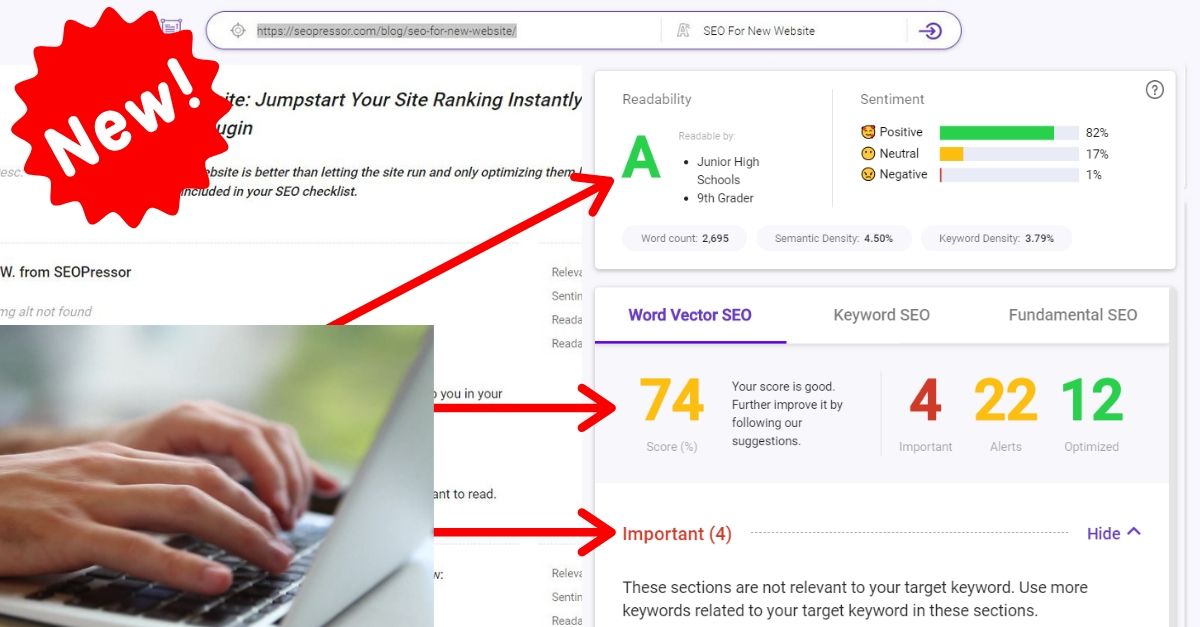

86
score %
SEO Score

Found us from search engine?
We rank high, you can too.
SEOPressor helps you to optimize your on-page SEO for higher & improved search ranking.
By jiathong on June 20, 2018
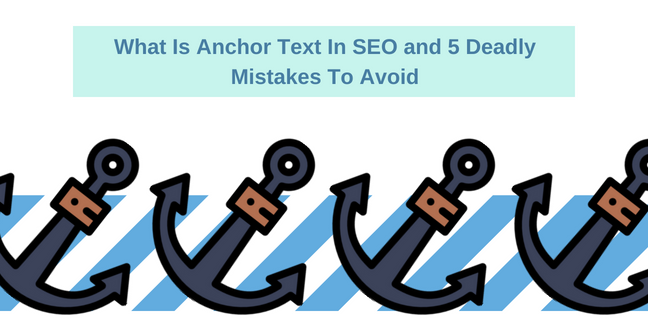
Click on it.
It brought you to another web page right? That, is exactly what an anchor text is.
It is the visible, clickable part of a hyperlink.
1. Exact match:

An example of exact match anchor text linking to an article about fixing thin content.
If someone links to this article with the anchor text being “anchor text”, that would be an exact match.
Because they are using the exact keyword that I’m aiming for.
This way it is absolutely clear to both users and search engine what the link is about.
Here’s the thing,
And because the anchor text in Google’s point of view, acts like a description to the linked content itself.
Now my article will be more relevant to the keyword “anchor text” in search engine’s eyes.
2. Partial match:
Like an exact match, partial match anchor text in SEO uses keywords related to the linked content.
There is, however, some difference.
“What not to do with anchor text” or “tips for anchor text”
This would be a partial match anchor text for my article.
Here’s why:
Notes how the main keyword is there, but there is also some add-on? The add-ons make it a partial match instead of an exact one.
This is more ideal because:
The writers can modify it to some extent to fit in nicely with the flow of their content.
In the same time, the keyword is present. Which helps maintain the relevancy.
3. Branded:

I’m linking to the article direct using its brand name.
Branded anchor text in SEO simply means using the brand to carry the link.
Look at this:
Using “SEOPressor” to link to this article would make it a branded anchor text.
It’s easy to figure out that the linked page is associated with their brand.
Google deems this as a healthy practice that increases brand visibility.
And because the brand itself carries the connotation of what they do, you’re already giving a big enough clue on what the content is about.
If you use the anchor text “McDonald’s” I’ll know you’re talking about burgers and fries.
So try to use it when the brand name itself is well known enough.
4. Generic:
Generic anchor texts are best used when you want to divert your audience’s attention.
As opposed to gently easing the link into your content.
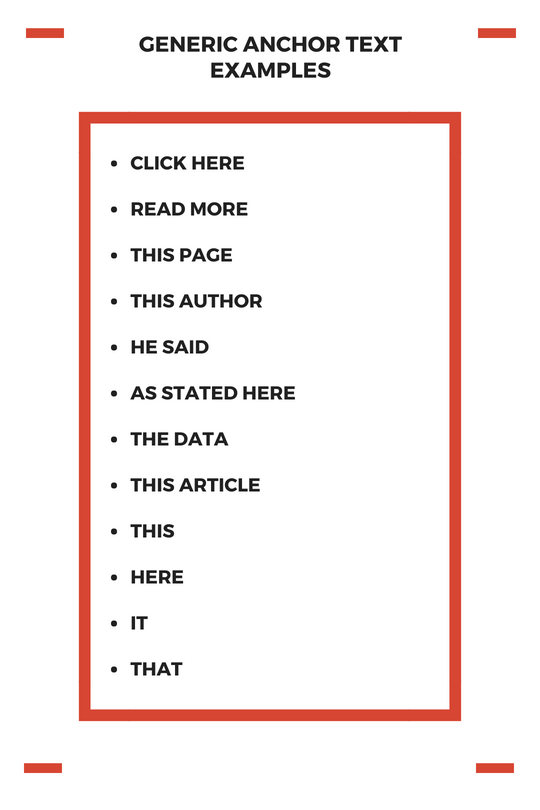
Here are some examples of generic anchor texts.
General anchor texts prompts the readers to click on the link actively. This is the most demanding way to tell your readers to “Hey! click here and check this out”.
This, however, gives no clue to search engines like Google what the link is about. Keep that in mind if you plan to use generic anchors.
5. LSI keywords:
LSI keywords stand for Latent Semantic Indexing keywords.
If you never heard of it before, don’t worry, I’ll explain.
In plain everyday English, it simply means keywords that are thematically related.
The easiest way to find out LSI keywords is looking at Google’s autocomplete queries and related searches.

You can simply find out your related LSI keywords by looking at Google’s autocomplete options.
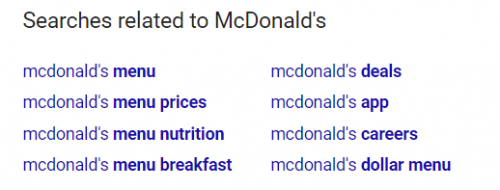
Also check out the related searches at the bottom of the page for more LSI keywords.
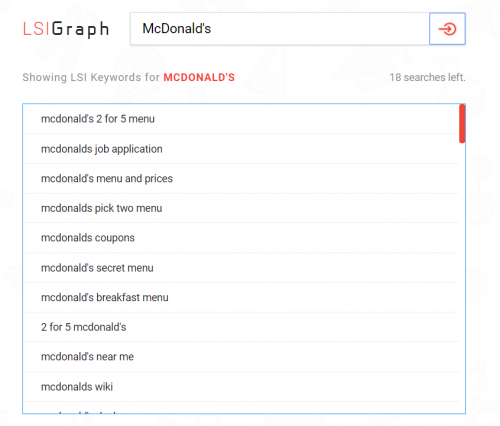
There are also services on the web that generates LSI keywords for you.
Google automatically associates LSI keywords with one another.
So if you want to link to something similar, but don’t want to risk abusing the same keyword again and again, using LSI keywords will be a good option.
6. Article titles:
Linking to an article using their title makes absolutely perfect sense right?
It also gives your readers and the machine alike the exact idea what the linked content is about.
The only thing you risk is that it may seem a little out of place in your content.
But there’s nothing that can’t be fixed with a little formatting.
Here:

Try to ease the link into the content using some introduction phrase.
This looks much better right? It does cuts off the flow a little bit, but just a little bit.
The most important part is, if it’s helpful for the readers, they will be more attracted to check it out.
The “Hey look here” effect is pretty much on par with the generic anchor text.
7. Naked URLs:
Naked URLs are well, URLs, naked.
In this case, instead of using any kind of anchor text, you are simply presenting the URL as it is.
I have to say that it’s not very pretty, nor does it gives much clue on what it’s about.
The thing is:
If you’re linking to the homepage of a website, let’s say https://seopressor.com/ this would make better sense compared to
linking to https://seopressor.com/link-building-strategies/link-baiting-legendary-content/ .
In some cases, like this one, it will still make sense because of the way we construct our URLs.
But, the point here is,
unless the URL is short and precise and the situation absolutely calls for a naked URL, using it won’t be pretty.
8. Images:
Click on it. It brought you to another page right?
In this case, the image is acting as the button to your link. While the actual anchor text lies in the alt tag of the image.
In case you’re not familiar with it, the alt tag is how the machine reads an image.
It acts like a description for those, like search engine crawlers, that can’t actually see the image.
Here’s the thing:
If you are linking using an image, remember to fill in the alt tag. Because that will be your anchor text.
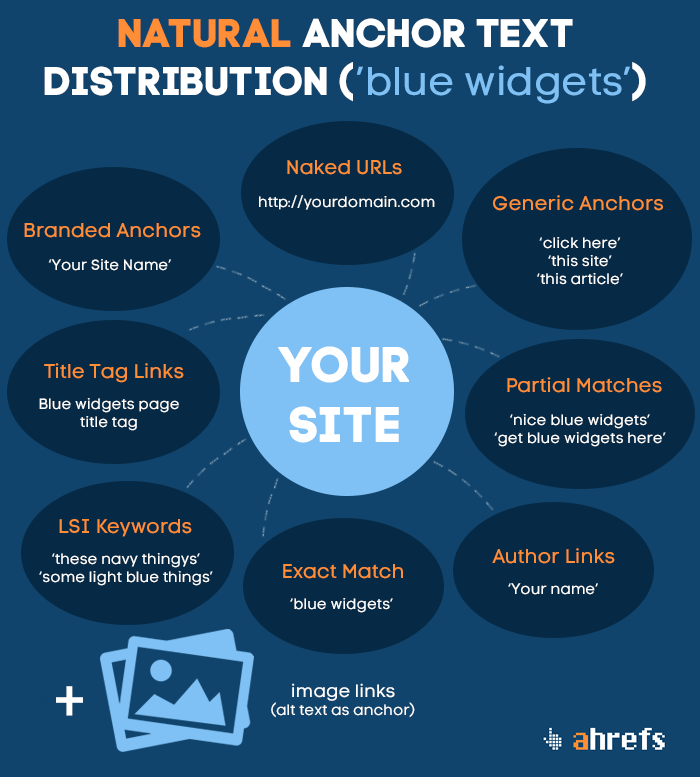
A quick sum up on the 8 categories of anchor texts credit to ahrefs.
At this point, I believe you understand that in SEO the anchor text is visible to both human and search engines alike.
Which is exactly why anchor text is so important.
An anchor text is taken as a SEO signal that affects ranking.
The reason is:
Anchor text gives clues about the linked content.
In an ideal situation:
When links are naturally created it is because the linked content is relevant.
And being a writer we naturally want to provide the reader with the best reading experience.
What is the best way to fit a link into a content? By making sure that it fits just nicely right?
A thousand writers will have a thousand ways to fit a link just nice into their content. So a link will be carried by a variety of anchor text.
However, that was not the case 6 years ago.
We all know that backlinks are important signals telling Google that “Hey! Look at this page here it is absolutely important and useful. Bump it up the ranks!”
And because SEOs can never have nice things without spamming the hell out of it, anchor text was heavily abused as a black hat technique.
Because Google associates a link with the anchor text. So black hat SEOs starts spamming a link with a specific anchor. That way the linked content will shoot up in ranking for that specific anchor text as keywords.
Until the Penguin Algorithm released back in 2012 that is. It sent out penalties to web pages that practices anchor text spamming and also over-optimized anchor texts.
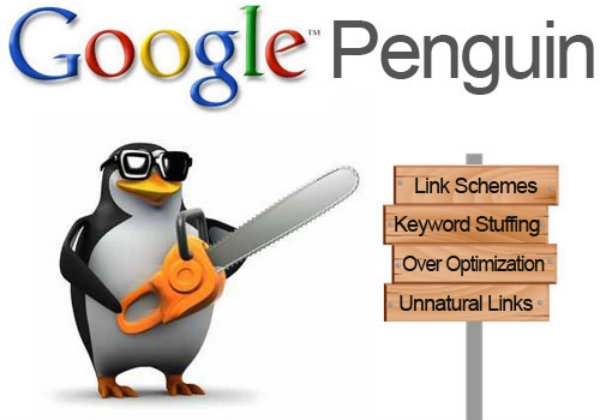
Yes, like all things considered SEO signals, anchor text can be optimized.
One thing to keep in mind:
Anchor text matter to both outbound and inbound links.
Which means, unfortunately, you have no control over how other people are linking to you.
However, you can definitely optimize it for interlinking. That is linking to your own pages inside your domain.
1. Don’t use only one type of anchor text
There are 8 types of anchor texts to choose from.
From those 8 types, you can modify them to suit your needs and come up with 64 types of smaller branch of anchor texts. (ok perhaps I’m exaggerating but you get the idea)
Here’s what:
You really don’t want to restrict yourself with only let’s say branded anchor text and risked getting penalized.
Because there’s no way a naturally built link profile will so coincidentally be filled with only branded anchor text.
Showing varieties is the path you need to take if you want to stay on the good side of Google.
2. Don’t keyword stuff your anchor text

Anchor text is not your Thanks giving turkey to stuff keywords in.
I know I said anchor text sends a signal to Google on what the linked content is about.
Which makes it absolutely perfect to help raise relevance and ranking right?
Keep in mind that I also said:
SEOs can’t have good things without spamming the hell out of it and pissing Google off.
It has been tested and proven that keyword stuffing your anchor text like a Christmas turkey sends you directly on a bullet train to the Pissing Google Off Land.
So:
If you want to use keyword focused anchor texts, use it sparingly and only when it’s absolutely crucial.
Using 1 or 2 is alright, no one ever gets penalized from 1 spammy-ish anchor.
Save it for when you need to send that impact. Other than that, try to steer clear from it.
3. Don’t link to spammy sites
Unless you’re a spammy site yourself and you want that association…
Otherwise, try to only link out to quality and trusted websites.
Sending your audience to some shady sites will not make you look good.
One thing to keep in mind:
If you have extensions like AdBlock installed in your browser, check out the page you’re linking to with your AdBlock off.
It might seem like a normal, pleasant website to you because all the bad things were blocked off.
Your readers, on the other hand, might not have the same browsing pattern as you.
You are putting them into a risk if you don’t make sure that the website has the green light before linking to it.
4. Be relevant
I have been repeating this again and again like a broken record.
Here I go again:
Anchor text gives information to both search engine and readers on what the link’s about.
So make sure that the text is relevant and informative.
If you can’t do that because you’re afraid of appearing spammy,
here’s what you can do instead:
Surround it with actual relevant context.
Google is smart enough to understand what a word means by analyzing the accompanying text.
You bet that they can relate in a logical way, what the linked content will be about according to the way you frame it up.
Even when you don’t explicitly spell it out on the anchor text.
Here’s some example:
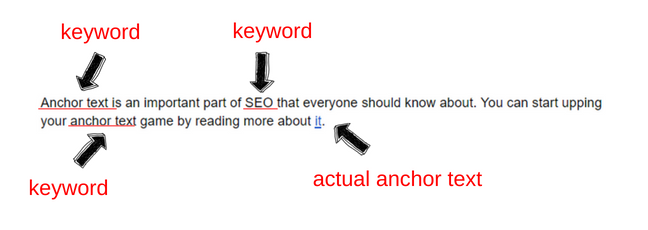
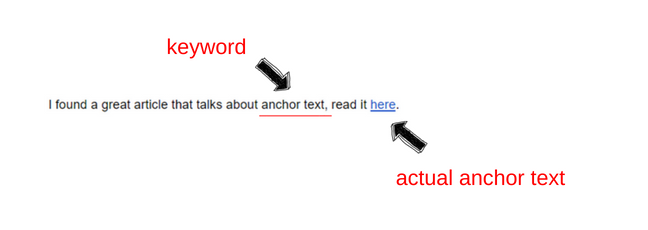
5. Don’t link to the same thing using the same anchor text over and over again
This is quite literally spamming.

Look at that, it’s spammy and ridiculous.
Whatever you do. Just. Don’t. Spam.
If you want to grow your website the organic, white hat way.
Don’t participate in any kind of spamming whatsoever.
Sometimes you might accidentally spam in the excitement of sharing something awesome.
That’s why you need to track your anchor text every now and then to make sure you’re not accidentally abusing it.
Updated: 23 December 2025


Save thousands of dollars (it’s 100x cheaper)

Zero risk of Google penalty (it’s Google-approved)

Boost your rankings (proven by case studies)
Rank High With This Link Strategy
Precise, Simplified, Fast Internal Linking.
